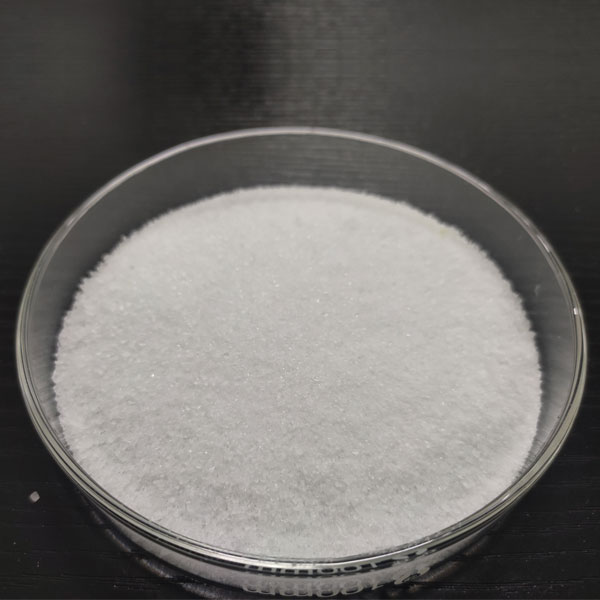Enhancing Concrete Performance: The Magic of Polycarboxylic Acid Superplasticizers
2023-10-17
Introduction
Concrete, the cornerstone of modern construction, has been evolving over the years, thanks to advancements in technology and materials. One such advancement is the use of superplasticizers, particularly polycarboxylic acid superplasticizers. In this blog, we will explore the fascinating world of these concrete additives, their benefits, and the revolution they have brought to the construction industry.
The Basics of Superplasticizers
Before diving into the specifics of polycarboxylic acid superplasticizers, let's understand what superplasticizers are and why they are so crucial in concrete construction.
Superplasticizers are chemical admixtures that are added to concrete mixtures to enhance their workability without compromising the water-cement ratio. In simpler terms, they make concrete more fluid and easier to pour, while maintaining its structural integrity and strength. This is especially important in projects that require high-strength or self-consolidating concrete.
Polycarboxylic Acid Superplasticizers: The Game-Changer
Polycarboxylic acid superplasticizers, often referred to as just PCE superplasticizers, are a type of superplasticizer that has gained immense popularity in the construction industry. Here's why:
1. High Water Reduction: PCE superplasticizers are highly efficient in reducing the water content of a concrete mix. This results in increased strength and durability of the concrete. The reduced water-cement ratio also contributes to improved resistance to cracking and shrinkage.
2. Enhanced Workability: These superplasticizers offer excellent workability control. They allow for the adjustment of concrete consistency without sacrificing its mechanical properties. This means concrete can be poured more easily and placed precisely, reducing labor and improving construction speed.
3. Improved Rheology: Rheology refers to the flow and deformation behavior of materials. PCE superplasticizers optimize concrete's rheological properties, making it self-consolidating. This means the concrete can flow into intricate forms, filling every nook and cranny without the need for vibration, resulting in a smooth, bubble-free finish.
4. Compatibility: PCE superplasticizers are compatible with a wide range of cement types, admixtures, and additives, giving architects and engineers more flexibility in designing and optimizing concrete mixtures for specific project requirements.
5. Sustainability: With a focus on sustainability in construction, PCE superplasticizers are often chosen for their eco-friendly properties. Their ability to reduce water usage and improve the longevity of concrete structures aligns with the industry's growing commitment to environmental responsibility.
6. Cost-Effectiveness: While PCE superplasticizers may come at a slightly higher initial cost, their ability to enhance concrete performance and reduce maintenance needs over time makes them a cost-effective choice for many construction projects.
Conclusion
In the ever-evolving world of construction materials, polycarboxylic acid superplasticizers have emerged as a game-changing innovation. Their ability to enhance workability, reduce water content, improve durability, and contribute to sustainable construction practices has made them a top choice for engineers, architects, and contractors.
As construction projects become more complex and demanding, the role of superplasticizers, especially PCE superplasticizers, cannot be overstated. They are helping to redefine what is possible in concrete construction, enabling the creation of safer, more durable, and environmentally friendly structures. The next time you see a modern marvel of architecture, remember that polycarboxylic acid superplasticizers may have played a crucial role in making it a reality.



